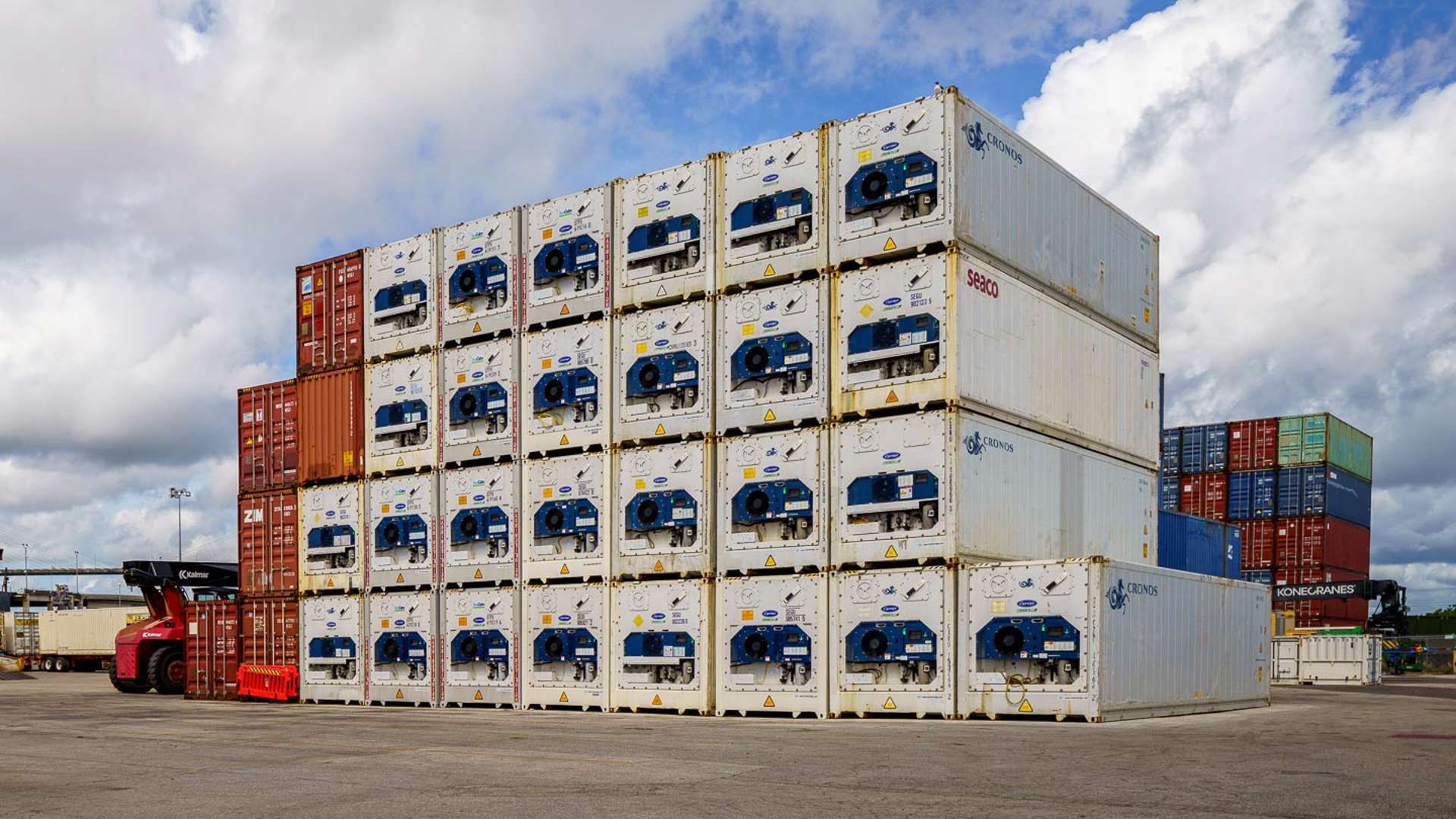
4 Things Every Shipper Should Know About Packing Refrigerated Freight
It’s the beginning of November, and you are preparing a shipment of freshly harvested apples for delivery to a grocery retailer. Since apples are temperature-sensitive, you’ve loaded them into a reefer (refrigerated trailer or container) for transport. But upon arrival, the grocer is met with a truckload of softened apples. What went wrong?
A successful cold chain shipment requires much more than a reefer set to the correct temperature. How you pack your goods into the reefer also plays a significant role in ensuring they arrive intact.
And not all loads can be packed the same. Depending on the commodity you’re shipping, there are specific guidelines and considerations for how it should be arranged in the trailer for successful transport.
Below, we share 4 things you should know about packing your refrigerated freight so it doesn’t experience the same fate as the over-ripe apples.
1. Understand How a Reefer Works
2. Universal Reefer Loading Guidelines
3. How to Pack Fresh Produce
4. Packing Methods for Chilled, Frozen, and Specialized Freight
Most refrigerated freight is separated into one of 3 categories based on transport temperature: chilled, frozen, and specialized.
Chilled Freight
Transport temperature: above freezing (32°F or 0°C)
Common examples of chilled freight are meat, seafood, beverages, confectionaries, and plants. This type of cargo has the same packing requirements as produce because it requires adequate airflow on all surfaces to maintain the set temperature. Chilled cargo should be in packaging with uniform ventilation holes and stacked on pallets.
Frozen Freight
Transport temperature: below freezing (less than 32°F or 0°C)
Common examples of frozen freight are ice cream, frozen produce, frozen meat, frozen seafood, and frozen prepared foods. This type of cargo should be stowed in a block stowage formation, where there are no gaps between the boxes and pallets. There should be no ventilation holes in the packaging for this cargo.
Specialized Freight
Transport temperature: varies based on commodity
Specialized refrigerated freight are items that require additional consideration when transporting because of their sensitive nature. Examples of specialized freight include tobacco products, pharmaceuticals, film, photo equipment, and industrial or hazardous chemicals.
Due to their high sensitivity to any environmental changes, temperature and humidity must be closely monitored when moving these commodities. Handling and temperature information should be obtained from the manufacturer. Since these items are highly regulated, you should also check handling and transportation standards from the industry’s governing body to ensure you maintain compliance.
Packing For Successful Transport
Now that you know how to successfully pack your refrigerated freight, what do you think went wrong with the wilted apple delivery? If the reefer temperature was set correctly, improper packing could have easily been to blame. Since apples are chilled freight, there is a good chance there was not correct ventilation in the packaging, creating humidity that caused the fruit to begin going bad.
While this is a hypothetical situation, you can avoid real life complications with your refrigerated freight by ensuring that they are packed for successful transport.
Need help with your cold chain strategy? Our cold chain experts look forward to helping you create a personalized solution for your refrigerated freight, from loading to delivery.








